Home>Gardening & Outdoor>Outdoor Recreation & Activities>How Do You Vacuum A Swimming Pool
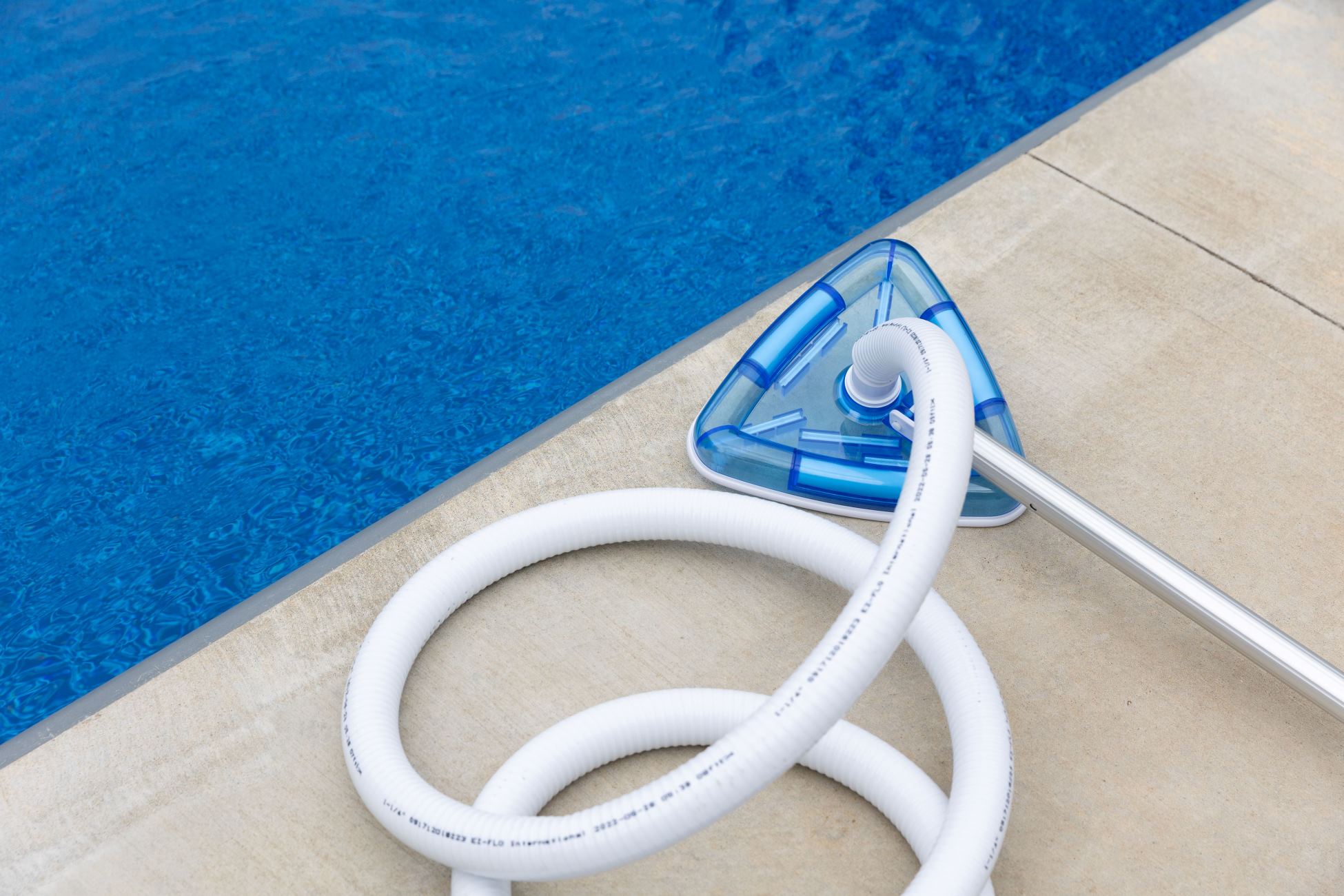

Outdoor Recreation & Activities
How Do You Vacuum A Swimming Pool
Modified: February 27, 2024
Learn the best techniques for vacuuming a swimming pool to keep it clean and inviting. Discover expert tips for outdoor recreation and activities.
(Many of the links in this article redirect to a specific reviewed product. Your purchase of these products through affiliate links helps to generate commission for Storables.com, at no extra cost. Learn more)
Introduction
Vacuuming a swimming pool is an essential maintenance task that ensures the water remains clean, clear, and inviting for swimmers. Over time, debris, dirt, and algae can accumulate on the pool floor and walls, detracting from its aesthetic appeal and potentially compromising the water quality. By regularly vacuuming the pool, you can effectively remove these unwanted substances, contributing to a healthier and more enjoyable swimming environment.
Whether you are a seasoned pool owner or a novice in the realm of pool maintenance, understanding the process of vacuuming a swimming pool is crucial. This comprehensive guide will walk you through the step-by-step procedure, equipping you with the knowledge and confidence to maintain a pristine pool all year round.
Vacuuming a pool not only enhances its visual allure but also plays a pivotal role in preserving the pool's structural integrity. By eliminating debris and algae, you can prevent the accumulation of harmful substances that may lead to corrosion or deterioration of the pool surfaces. Additionally, regular vacuuming aids in maintaining the proper chemical balance of the water, reducing the strain on the pool's filtration system and promoting optimal circulation.
As you embark on this journey to master the art of pool vacuuming, it's important to approach the task with a sense of purpose and dedication. Embrace the opportunity to connect with your pool, understanding its unique characteristics and the impact of regular maintenance on its longevity. By investing time and effort into caring for your pool, you not only elevate its aesthetic appeal but also create a safe and enjoyable space for relaxation and recreation.
Now, let's delve into the step-by-step process of vacuuming a swimming pool, empowering you to take proactive measures in preserving the beauty and functionality of your aquatic oasis.
Key Takeaways:
- Regularly vacuuming your swimming pool is crucial for keeping the water clean and safe for swimming. It also helps maintain the pool’s structure and reduces strain on the filtration system.
- Properly preparing, connecting, and vacuuming your pool, followed by cleaning and storing the equipment, ensures a clean and inviting swimming environment while preserving the longevity of your pool.
Read more: How Do You Backwash A Swimming Pool
Step 1: Prepare the vacuum
Before initiating the pool vacuuming process, it is crucial to ensure that the vacuum equipment is properly prepared. This step sets the foundation for a seamless and effective cleaning experience, allowing you to address any potential issues and streamline the overall maintenance procedure.
Gather the Necessary Equipment
Begin by assembling all the essential components required for the vacuuming process. This typically includes the pool vacuum head, telescopic pole, vacuum hose, and the vacuum plate or skimmer basket. Verify that each component is in good condition, free from any damages or obstructions that may hinder its functionality.
Inspect and Clean the Equipment
Thoroughly inspect the vacuum head, ensuring that the brushes or wheels are intact and free from debris. Any accumulation of dirt or foreign particles should be meticulously removed to prevent contamination of the pool water during the vacuuming process. Similarly, examine the vacuum hose for any cracks, leaks, or blockages, addressing any issues promptly to maintain optimal suction power.
Attach the Telescopic Pole
Securely attach the telescopic pole to the vacuum head, ensuring a tight and stable connection. The telescopic pole serves as a pivotal extension, allowing you to maneuver the vacuum head across the pool floor and walls with ease. Confirm that the pole length is suitable for reaching all areas of the pool without exerting unnecessary strain during the cleaning process.
Read more: How Do You Fill In A Swimming Pool
Connect the Vacuum Hose
Carefully connect one end of the vacuum hose to the vacuum head, ensuring a snug fit to prevent air or water leakage. Subsequently, submerge the vacuum hose into the pool, allowing it to fill with water completely. This step facilitates the removal of air from the hose, enabling seamless suction and efficient debris collection during the vacuuming process.
Verify the Filtration System
Prior to commencing the vacuuming procedure, it is essential to verify the functionality of the pool's filtration system. Inspect the filter and pump to ensure they are operational and primed for the upcoming cleaning task. Adequate filtration is vital for capturing and retaining the debris and contaminants extracted by the vacuum, contributing to the overall cleanliness of the pool water.
By meticulously preparing the vacuum equipment, you establish a solid groundwork for the subsequent stages of the pool vacuuming process. This proactive approach not only enhances the efficiency of the cleaning endeavor but also promotes a thorough and meticulous maintenance routine, ultimately contributing to the longevity and allure of your swimming pool.
Step 2: Connect the vacuum to the pool's filtration system
Connecting the pool vacuum to the filtration system is a critical step that facilitates the seamless operation of the cleaning process. By establishing a secure and efficient connection, you enable the vacuum to harness the power of the filtration system, effectively capturing and removing debris and impurities from the pool water.
Locate the Skimmer Basket or Vacuum Port
Begin by identifying the designated skimmer basket or vacuum port in the pool. The skimmer basket, typically located near the pool's surface, serves as a primary entry point for the vacuum's suction, allowing it to draw in water and debris. Alternatively, some pools are equipped with a dedicated vacuum port specifically designed for connecting the vacuum to the filtration system. Locate and assess the condition of the chosen entry point, ensuring that it is free from any obstructions or damages that may impede the vacuuming process.
Read more: How Do You Lower Ph In A Swimming Pool
Prepare the Vacuum Plate or Hose Attachment
If utilizing the skimmer basket as the entry point for the vacuum, attach the vacuum plate to the end of the vacuum hose. The vacuum plate serves as an intermediary component that facilitates the connection between the vacuum hose and the skimmer basket. Ensure that the vacuum plate is securely affixed to the hose, minimizing the risk of air leakage and optimizing the suction power of the vacuum.
Establish the Connection
Carefully lower the assembled vacuum head and hose into the pool, allowing them to submerge completely while holding onto the free end of the hose. Position yourself near the skimmer basket or vacuum port, ready to initiate the connection process. Once the vacuum head and hose are submerged, gently guide the vacuum plate (if applicable) or the hose directly into the skimmer basket or vacuum port, ensuring a snug and secure fit.
Prime the Vacuum Hose
To facilitate the establishment of a strong suction, it is essential to prime the vacuum hose by removing any trapped air. This can be achieved by holding the free end of the vacuum hose against a return jet or outlet in the pool, allowing water to flow through the entire length of the hose. As the water fills the hose, air is displaced, creating a continuous flow and enabling the vacuum to operate at its full potential.
Verify the Connection
Once the vacuum hose is primed and the connection is established, verify the integrity of the setup by ensuring that there are no air leaks or disconnections. Confirm that the vacuum head is resting securely on the pool floor, ready to commence the cleaning process. Additionally, observe the hose and connection point to detect any signs of air or water leakage, addressing any issues promptly to maintain optimal suction and efficiency.
By meticulously connecting the pool vacuum to the filtration system, you lay the groundwork for a successful and productive cleaning session. This seamless integration of the vacuum with the pool's filtration infrastructure empowers you to effectively eliminate debris and impurities, contributing to the overall cleanliness and clarity of the pool water. With the connection established, you are now poised to embark on the next phase of the pool vacuuming process, ready to restore the pristine allure of your aquatic sanctuary.
Read more: How Do You Acid Wash A Swimming Pool
Step 3: Vacuum the pool floor and walls
With the pool vacuum connected to the filtration system and the necessary preparations in place, it's time to embark on the pivotal phase of vacuuming the pool floor and walls. This step is instrumental in removing accumulated debris, dirt, and algae, restoring the pristine condition of the pool and ensuring a clean and inviting swimming environment.
Begin at the Farthest Point
Commence the vacuuming process at the farthest end of the pool from the filtration system to maximize efficiency. This strategic approach allows you to gradually work towards the suction point, systematically covering the entire pool surface without disrupting the debris that has settled on the floor and walls.
Methodical Movements
Employ deliberate and methodical movements as you guide the vacuum head across the pool floor and walls. Utilize the telescopic pole to maneuver the vacuum head with precision, ensuring comprehensive coverage of all areas. By maintaining a steady and consistent pace, you can effectively dislodge and capture debris while minimizing turbulence that may disperse contaminants back into the water.
Thorough Wall Cleaning
Pay special attention to the walls of the pool, as they often harbor algae and debris that contribute to a lackluster appearance. Gently guide the vacuum head along the walls, employing gentle yet thorough strokes to dislodge and capture any clinging impurities. This meticulous approach ensures that the entire pool interior receives the attention it deserves, promoting a visually appealing and hygienic environment.
Read more: How Do You Raise The Ph In A Swimming Pool
Overlap for Complete Coverage
Adopt a systematic overlapping pattern as you navigate the pool surface, ensuring that no area is overlooked. By overlapping each vacuuming path, you guarantee comprehensive coverage and thorough removal of debris, leaving no space for contaminants to evade the cleaning process. This meticulous approach contributes to the overall effectiveness of the vacuuming endeavor, elevating the cleanliness and clarity of the pool water.
Monitor and Adjust
Throughout the vacuuming process, remain attentive to the performance of the equipment and the cleanliness of the pool water. Periodically inspect the vacuum head to ensure that it effectively captures debris and maintains optimal suction. Additionally, observe the water clarity to gauge the progress of the cleaning, making necessary adjustments to the vacuuming technique to address any areas that require additional attention.
Celebrate the Progress
As you methodically vacuum the pool floor and walls, take a moment to appreciate the transformative impact of your efforts. Witnessing the gradual removal of debris and the restoration of the pool's pristine condition serves as a gratifying reminder of the significance of regular maintenance. Embrace the opportunity to connect with your pool, recognizing the positive influence of your dedication on its aesthetic appeal and functionality.
By meticulously vacuuming the pool floor and walls, you actively contribute to the preservation of a clean and inviting swimming environment. This proactive approach not only enhances the visual allure of the pool but also promotes a hygienic and enjoyable space for relaxation and recreation. With the completion of this pivotal step, you are now prepared to proceed to the final phase of the pool vacuuming process, ready to conclude the cleaning session with finesse and dedication.
Step 4: Clean the vacuum and store it properly
After completing the meticulous task of vacuuming the pool, it is essential to devote attention to the proper cleaning and storage of the vacuum equipment. This final phase of the pool maintenance process ensures the longevity and effectiveness of the vacuum, preparing it for future use and preserving its functionality.
Rinse and Disassemble
Commence the cleaning process by thoroughly rinsing the vacuum head, telescopic pole, and vacuum hose with clean water. This step serves to remove any residual debris or contaminants adhering to the equipment, preventing the accumulation of substances that may compromise its performance over time. Disassemble the components, such as detaching the vacuum head from the telescopic pole and disconnecting the vacuum hose from the filtration system, to facilitate comprehensive cleaning.
Inspect and Clean
Carefully inspect each component for any signs of wear, damage, or debris accumulation. Address any visible dirt or foreign particles by gently scrubbing the surfaces with a soft brush or cloth, ensuring that the equipment is free from any potential sources of deterioration. Pay particular attention to the brushes or wheels of the vacuum head, as well as the interior of the vacuum hose, to maintain optimal functionality.
Dry and Store
Once the cleaning process is complete, allow the disassembled components to air-dry thoroughly in a shaded and well-ventilated area. Avoid exposing the equipment to direct sunlight, as prolonged sun exposure may cause degradation of certain materials. Once dry, carefully store the vacuum head, telescopic pole, and vacuum hose in a designated storage area, safeguarding them from potential damage and ensuring easy accessibility for future use.
Maintenance and Inspection
Periodically inspect the vacuum equipment to identify any signs of deterioration or malfunction. Regular maintenance, such as lubricating moving parts and replacing worn components, contributes to the longevity and efficiency of the vacuum. Additionally, store the equipment in a secure and organized manner, minimizing the risk of damage and facilitating a streamlined preparation process for subsequent pool maintenance tasks.
By diligently cleaning and storing the pool vacuum, you uphold a proactive approach to equipment maintenance, ensuring its reliability and longevity. This conscientious effort not only preserves the effectiveness of the vacuum but also reflects a commitment to sustaining a clean and inviting swimming environment. With the completion of this final phase, you conclude the pool vacuuming process with a sense of accomplishment and dedication, ready to embrace the rewards of a well-maintained and pristine pool.
Read more: What Chemicals Do You Use In A Swimming Pool
Conclusion
In conclusion, mastering the art of vacuuming a swimming pool is not merely a maintenance task; it is a testament to the dedication and care invested in preserving a clean and inviting aquatic sanctuary. By meticulously preparing the vacuum, connecting it to the pool's filtration system, methodically vacuuming the pool floor and walls, and concluding with proper cleaning and storage, you actively contribute to the longevity and allure of your pool.
As you navigate through the process of pool vacuuming, it's essential to embrace the opportunity to connect with your pool, understanding its unique characteristics and the impact of regular maintenance on its longevity. Each step of the vacuuming process serves as a testament to your commitment to creating a safe and enjoyable space for relaxation and recreation.
Furthermore, the transformative impact of your efforts is evident in the gradual removal of debris and the restoration of the pool's pristine condition. Witnessing the visual transformation and the enhanced water clarity serves as a gratifying reminder of the significance of regular maintenance. It's a tangible representation of the positive influence of your dedication on the pool's aesthetic appeal and functionality.
By embracing the comprehensive approach to pool vacuuming outlined in this guide, you not only elevate the visual allure of the pool but also promote a hygienic and enjoyable space for relaxation and recreation. The proactive measures taken in maintaining a clean and inviting swimming environment contribute to the overall well-being of the pool and its occupants.
As you conclude the pool vacuuming process, take a moment to appreciate the rewards of your dedication. The clean and inviting pool stands as a testament to your commitment to meticulous maintenance and serves as an oasis of relaxation and enjoyment for all who encounter it.
In essence, the journey of vacuuming a swimming pool transcends the physical act; it embodies the spirit of care, dedication, and the pursuit of a pristine aquatic haven. Embrace this journey with enthusiasm and commitment, knowing that your efforts contribute to the preservation of a clean and inviting space for leisure and rejuvenation.
Frequently Asked Questions about How Do You Vacuum A Swimming Pool
Was this page helpful?
At Storables.com, we guarantee accurate and reliable information. Our content, validated by Expert Board Contributors, is crafted following stringent Editorial Policies. We're committed to providing you with well-researched, expert-backed insights for all your informational needs.

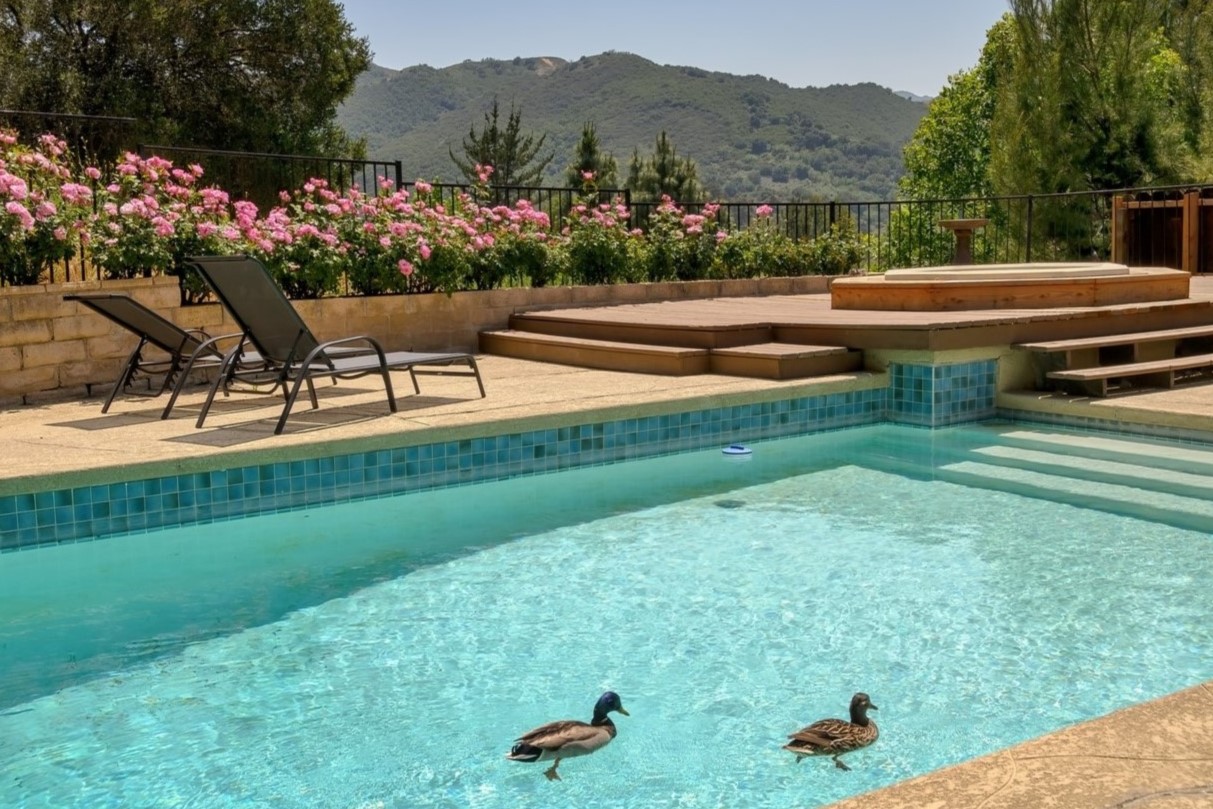
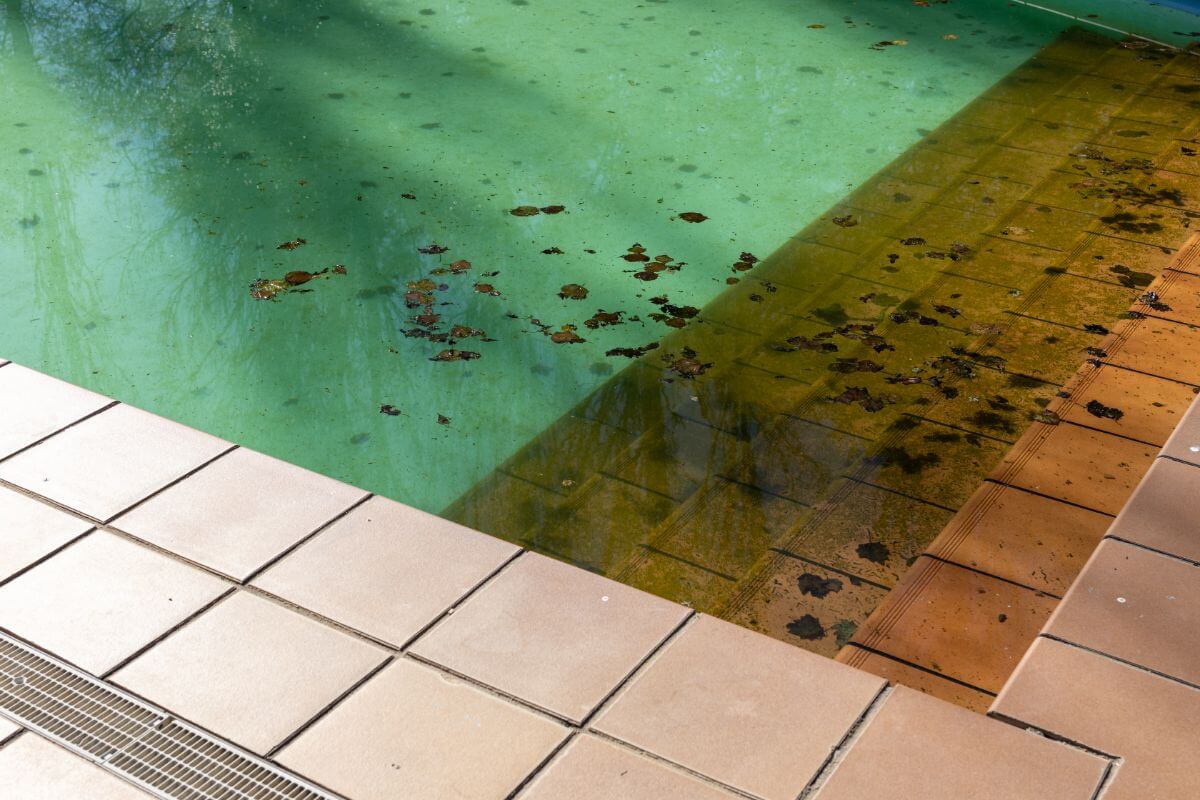

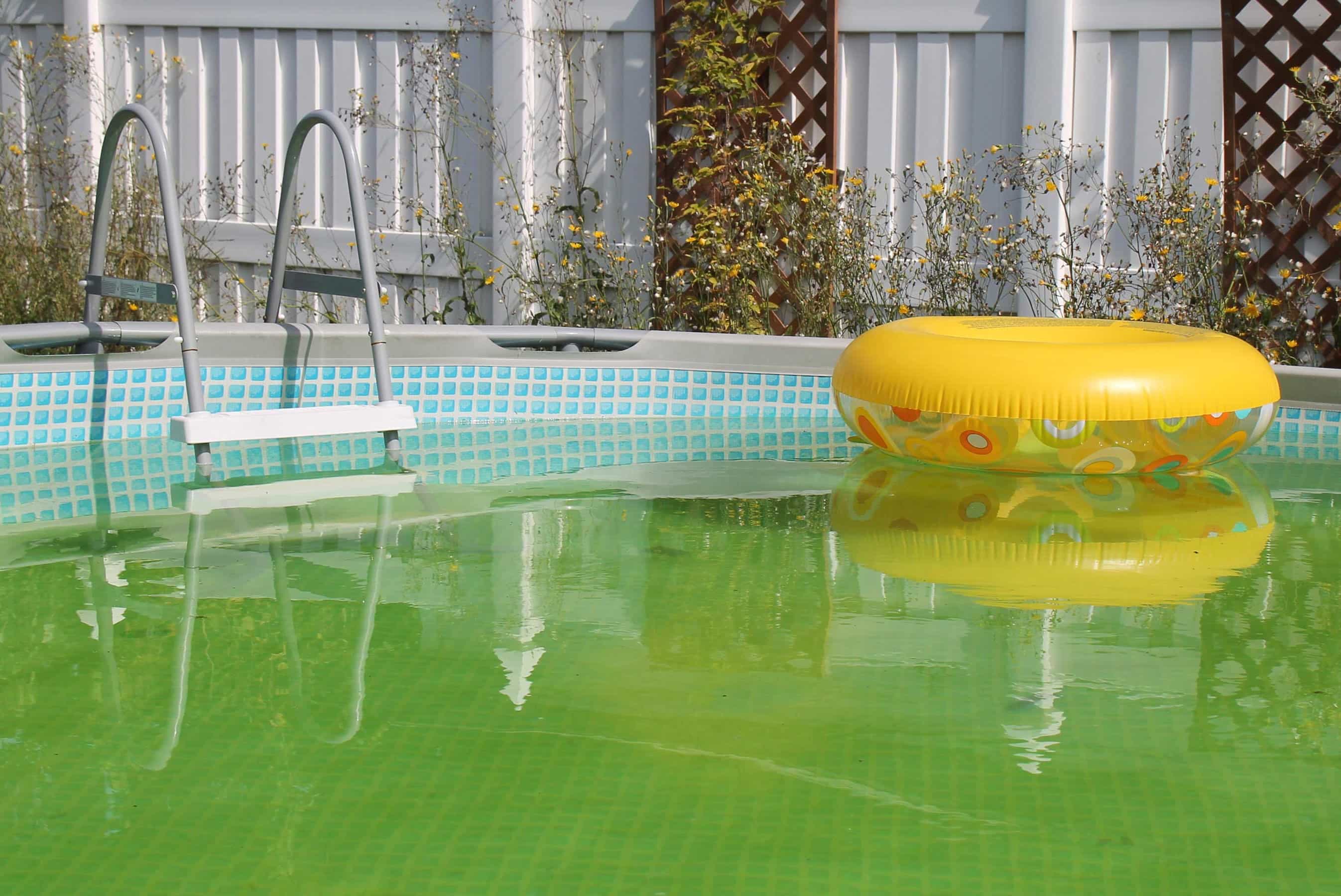
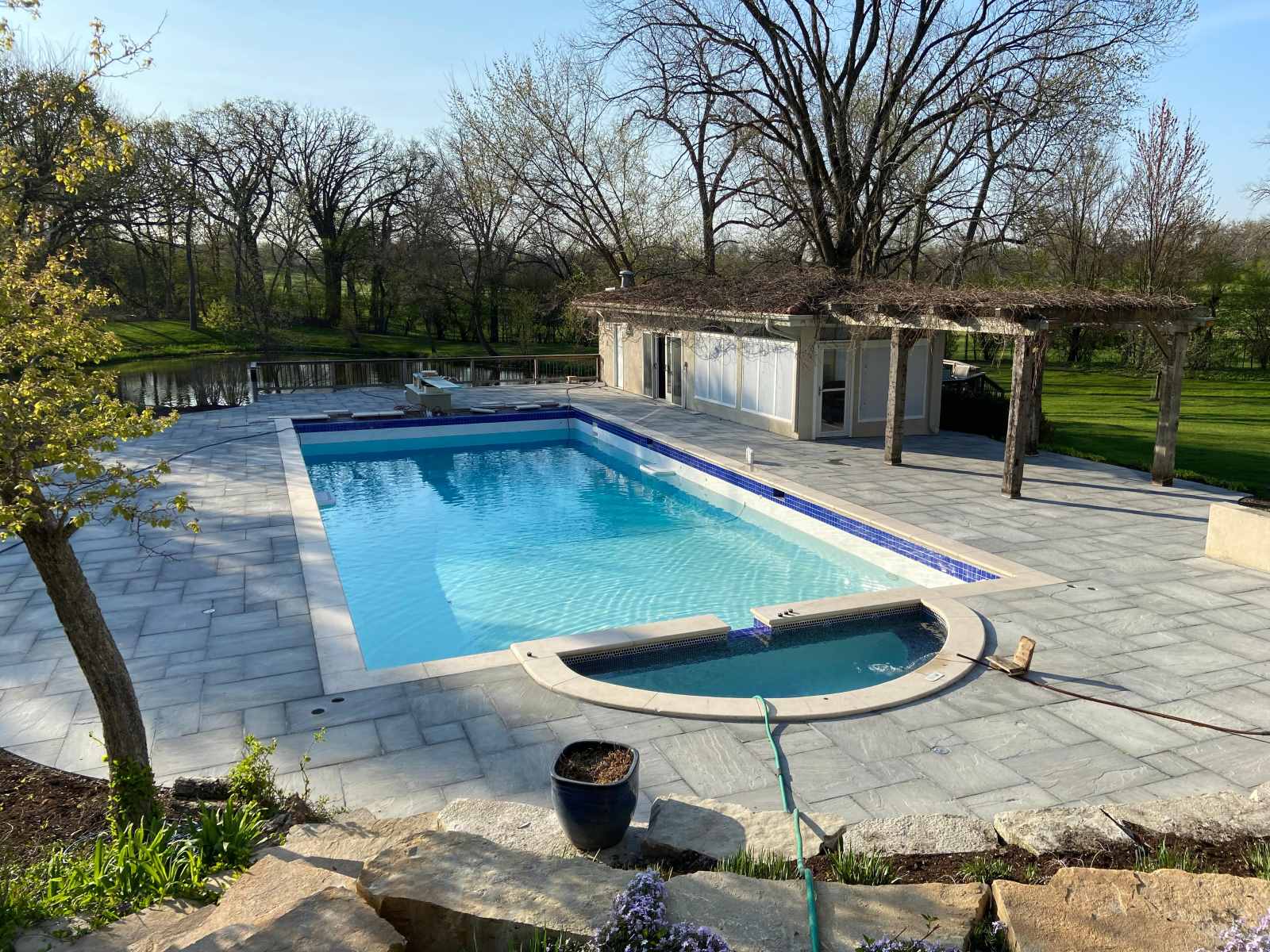

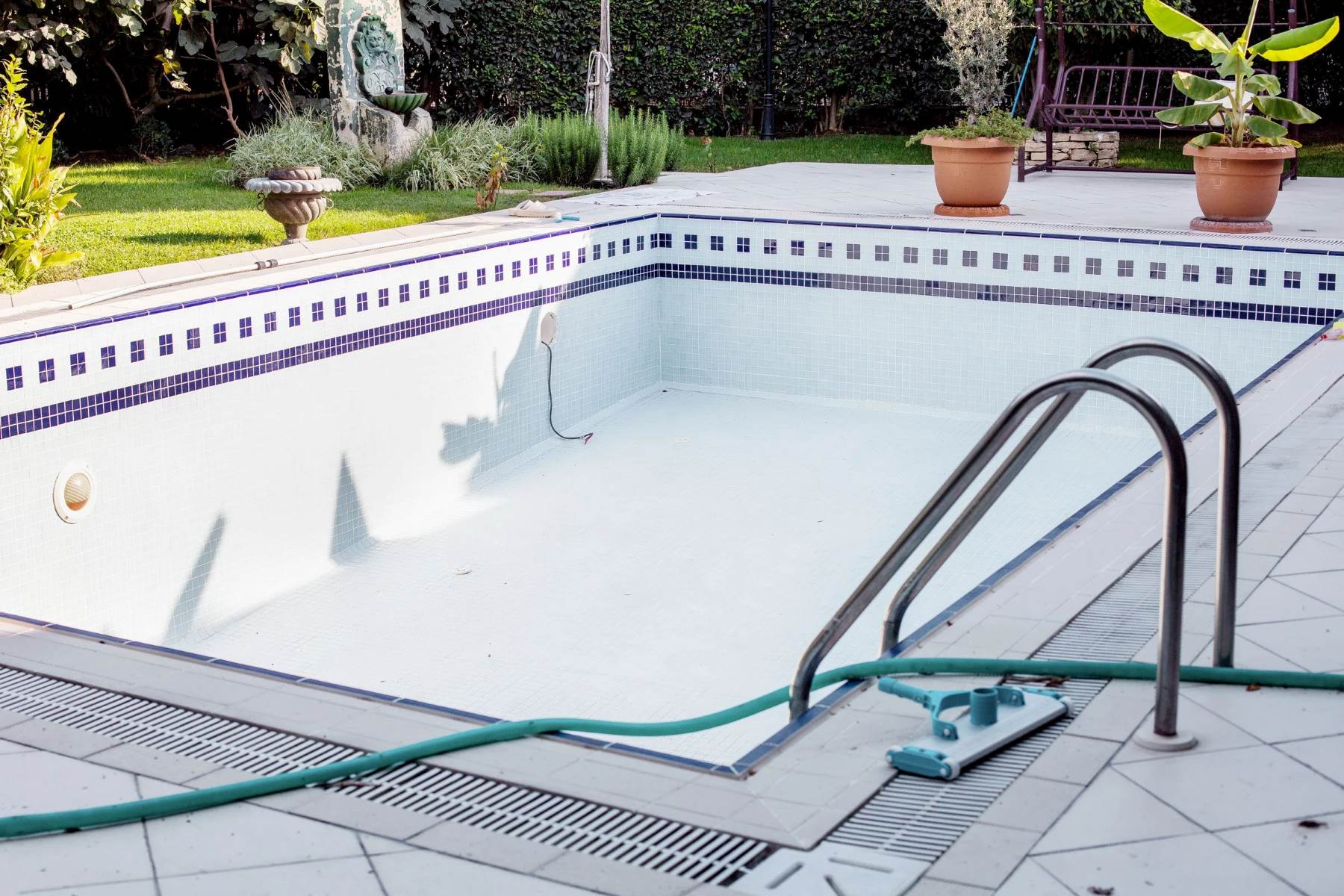
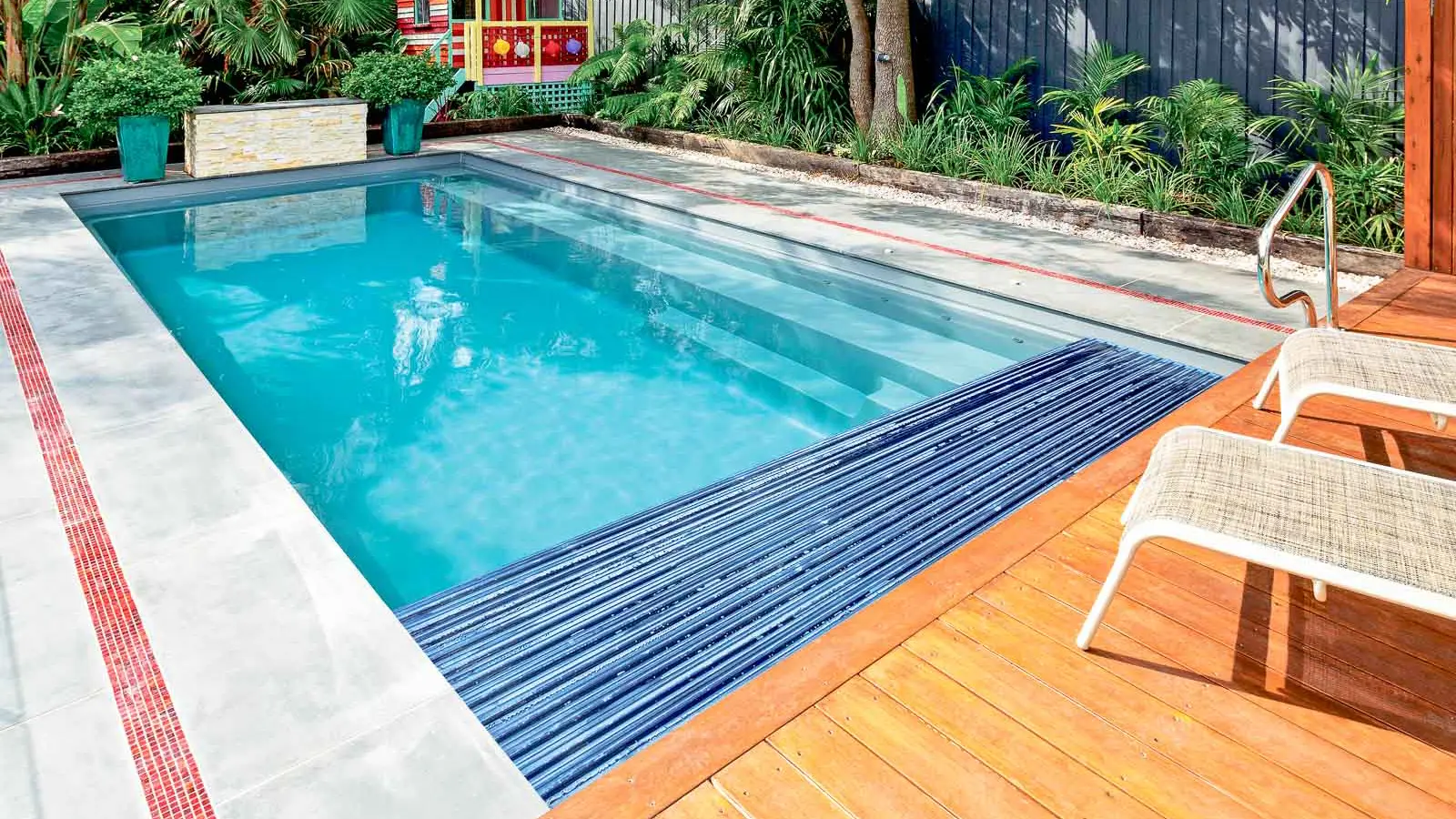

0 thoughts on “How Do You Vacuum A Swimming Pool”